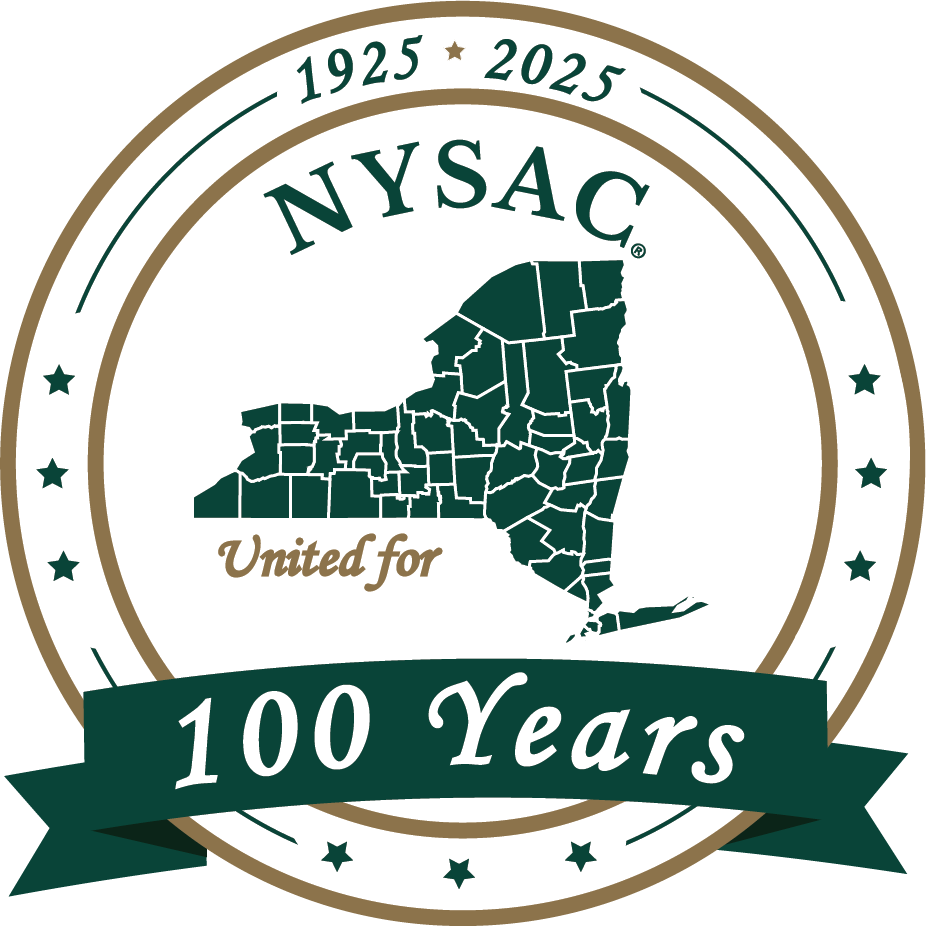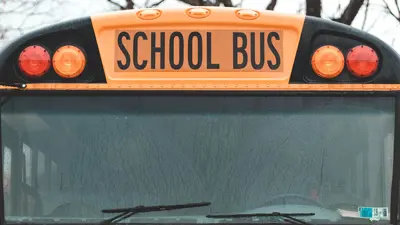Counties Work with School Districts to Address Rising Transportation Costs
By Joe Mahoney, Contributing Author
The New York State Association of Counties is teaming up with county health officials to make the case that significant savings could be derived from improved coordination of transportation for pre-Kindergarten children with special educational needs.
NYSAC and officials with the New York State Association of County Health Officials say the costs of shuttling pre-K special education students has ballooned in recent years and without a new approach those costs will shoot even higher.
The effort involves working with school districts throughout the state. The districts, in many cases, have their own transportation departments with fleets of buses and vans. State law makes counties partly responsible for the costs of transporting Pre-K children approved for special educational services. In most cases, this transportation is arranged through third party, private vendors.
"Busing and education services for preschoolers with disabilities has always been challenging," said Heidi Bond, director of the Otsego County Public Health Department. "But post-COVID, we are seeing an increase in the challenges to meet preschoolers' needs. Partnerships take work. They're not always a simple solution."
County officials say they strongly support Pre-K special education, knowing it can make a crucial difference in the futures of those who get the services.
"We recognize that education is a key social determinant of health that profoundly impacts outcomes across the lifespan," Sarah Ravenhall, executive director of the Association of County Health Officials, told more than 400 participants in a recent webinar on the topic of transportation for Pre-K special education students.
Ravenhall said the goal is to "streamline and improve services for students and families" and "move the needle forward on solutions for all of you."
In some cases, partnerships between school districts and counties have already been forged. A statewide survey organized by the Association of County Health Officials has determined that when the rides are provided by the districts, the costs are far less expensive and more manageable. Officials say the children involved and their families also benefit as they are not segregated away from other public school children.
Because of the extra logistics involved in transporting pre-Kindergarten children to schools or learning centers, the youngsters have to travel many miles from their homes and, in some rural regions, head to locations outside their home counties.
Paul Pettit, director of Orleans County Health Department said his county and Genesee County continue to deal with the challenges left when the Rainbow Preschool in 2020 moved to close its locations in Albion and Batavia. It had provided special education and other services to children ages 2 1/2 to 5 years old with developmental and intellectual disabilities.
"What this did is create a significant issue for us locally," Pettit said. "We no longer had any center-based programming for any of our kids within either county."
The situation evolved into a "double whammy," because not only did the waitlist for those services grow, but the region saw a significant increase in the number of children qualifying for the services, Pettit said.
Progress is now being made in efforts to find space where local children can receive those services, and discussions have been held with local school administrators to facilitate the ongoing project.
"We do know for a fact that when children receive these services before kindergarten it is going to provide savings and costs down the road to the school districts," Pettit said.
Pettit added: "I do want to recognize that there is not one fix to this issue. We all have different challenges and issues that we're dealing with from county to county.
In examining how school bus responsibilities are handled for Pre-Kindergarten special education students, the Association of Counties is putting forward recommendations designed to safely streamline the current transportation challenges.
NYSAC believes making school transportation more efficient will benefit families of students, the students themselves, county governments and their taxpayers -- without increasing the overall overhead of school districts.
One example of how families are impacted by the current system is that it is not unusual for a family with a child eligible for special education Pre-K programs to have that child required to take a separate bus while older siblings must ride in a separate vehicle.
"It just doesn't make any sense that we're duplicating a transportation service," said NYSAC Legislative Director Ryan Gregoire.
New York county governments were saddled with financial obligations to pay for a portion of transportation costs for special education children as a result of legislation that created the Committee on Preschool Special Education.
Every school district in New York must have a Committee on Preschool Education. These panels decide the special education and services needs for children from ages 3 to 5.
New York is the only state in the nation that requires counties to pay for a portion of the special education services needed by pre-kindergarten students.
It's an obligation that stems from 1989 legislative changes that created Section 4410 of state Education Law, leaving the state and counties with the fiscal responsibility for special education services for those children.
NYSAC is not seeking to have the financial obligations counties face for these transportation costs lifted. Rather, they are simply advocating for a revised system in which counties and school districts work together to create efficiencies that will yield savings for both the schools and the counties,
Gregoire pointed out that NYSACs position is that counties would continue to pay 40.5 percent of the transportation costs for the Pre-K special education children - the same percentage that it does now.
"The data shows where the counties and the school districts work together, they save taxpayers a significant amount of money," Gregoire said. To provide the service now, most counties are contracting with private third-party companies.
School districts would be reimbursed for any added costs they incur from transporting the pre-K special education students.
Why revise the approach now?
Without action, taxpayers are being forced to pay for the ever-spiraling costs of the current inefficient approach. "Transportation costs have exploded, going from an average of $1.2 million for pre-K transportation costs per county in 2020 to an average of $2.3 million per county in 2022, Gregoire said.
With many school districts struggling with a chronic shortage of available bus drivers, removing the counties from the obligation to line up transportation services would eliminate the current competition for drivers. This would give the districts access to an expanded pool of experienced drivers and preschool special education children would benefit by joining their peers -- and siblings -- on school vehicles.
The recent analysis by the New York State Association of County Health Officials has found counties that have lined up transportation arrangements with local school districts are realizing tremendous savings, -- with the costs for those services three to five times lower than third-party provider costs
Gregoire pointed out pre-Kindergarten special education children and their families would benefit by having the same buses transport those youngsters, thus reducing inequities between children with and without disabilities.
Contact Us
New York State Association of Counties
515 Broadway, Suite 402
Albany, NY 12207
Phone: (518) 465-1473
Fax: (518) 465-0506

